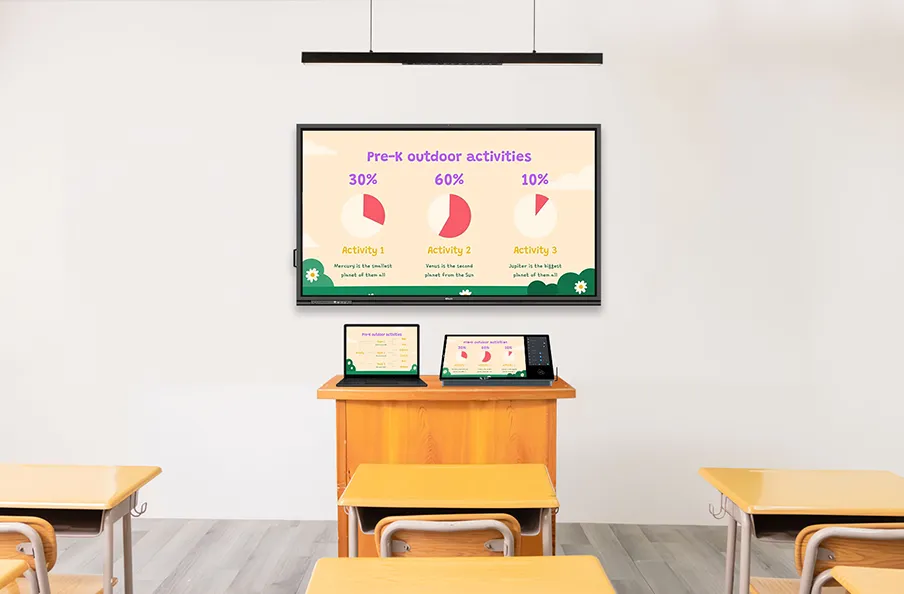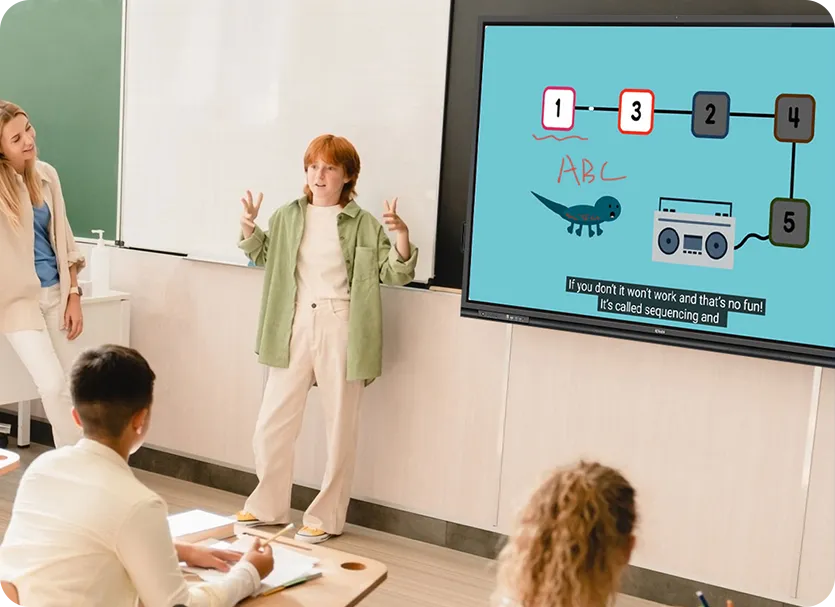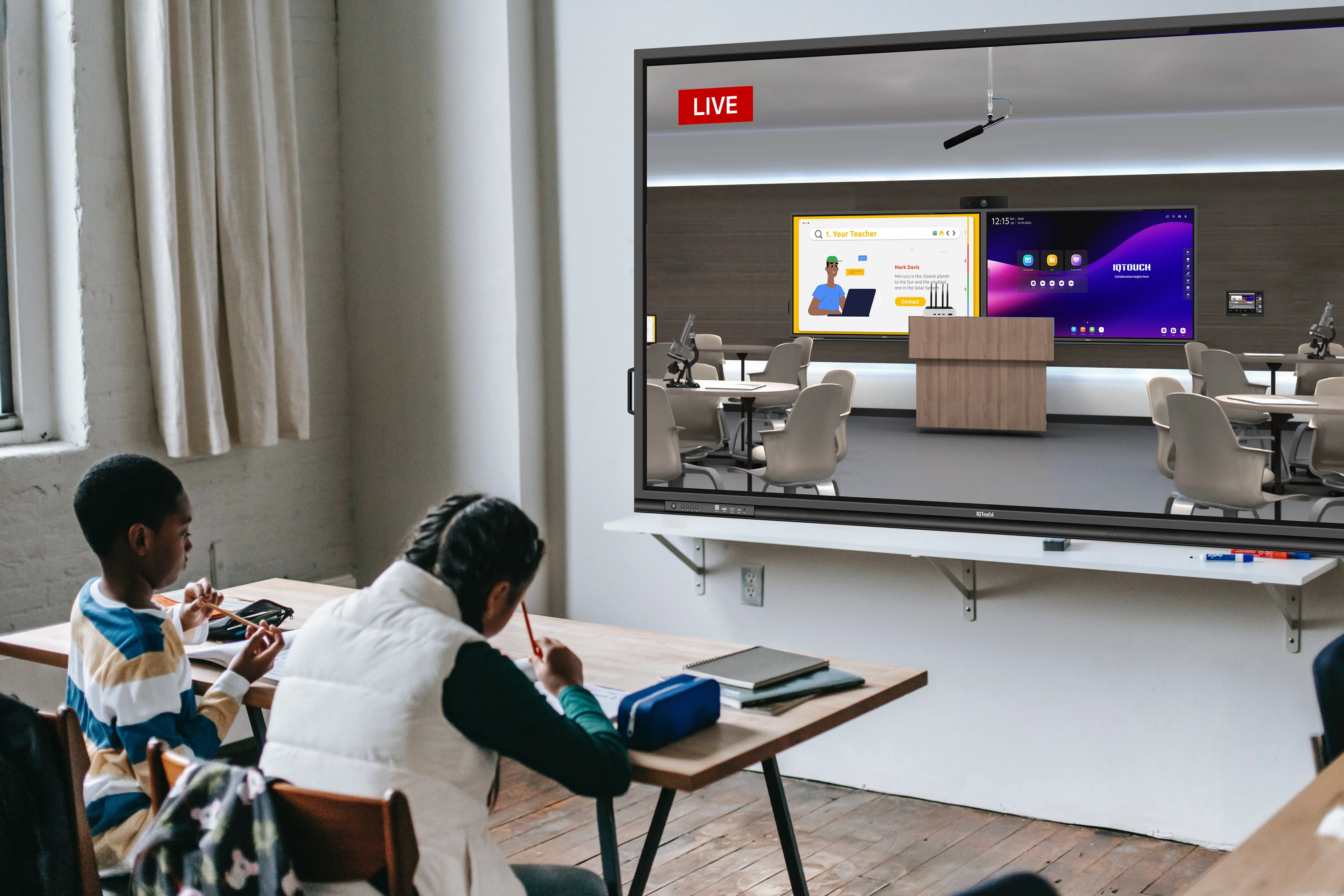Both online learning and offline learning are learning. What's the difference between the two? Today, in this article, we will talk about the differences between these two learning modes and choose an optimal solution--hybrid learning that combines the advantages of both learning modes.
1. Accessibility and flexibility
1.1 Online Teaching
The first advantage of online classes is that they are not limited by time and space. Study anytime and anywhere, you can make full use of scattered time. Students can enjoy better professional teaching resources, such as courses from famous schools and teachers. Moreover, it is free to choose appropriate courses and appropriate teachers according to learning preferences. As a result, students will have a higher interest in learning. However, online classes have high requirements for students' self-control and test students' consciousness.

1.2 Offline Teaching
The disadvantage of offline classrooms is the advantage of online classes, which require a fixed time to a fixed place for learning. In addition, teachers are fixed by the Ministry of Education on campus, and students have no way to choose appropriate teachers for their own learning styles.
2. Interaction
2.1 Online Teaching
Admittedly, online teaching also has huge limitations. The biggest disadvantage of online teaching is that it has obvious limitations on students 'social practice ability, cooperative problem-solving ability, labor quality, artistic quality, moral education, physical education, and face-to-face emotional communication between teachers and students, while the functions of offline teaching are extremely significant and even irreplaceable.
2.2 Offline Teaching
Face-to-face communication between teachers and students is now offline. Face-to-face teaching is conducive to emotional communication between teachers and students, and students can be immersed in a good learning atmosphere.
3. Technical considerations
3.1 Online Teaching
To realize the ideal vision of online teaching, it is inseparable from the excellent network environment and technical equipment conditions. Online class is mainly based on the Internet, there are two forms of expression: live broadcast and recording broadcast. On the one hand, there is a need for rich online teaching resources. Secondly, the accuracy of the big data analysis level also needs to be improved. In addition, the teachers' information technology and teaching levels are very high. Without these prerequisites, the advantages of online teaching are difficult to play.
3.2 Offline Teaching
Offline teaching management costs are higher, and it will also be limited to expand the scale. However, offline teaching rarely considers the advantages of network technology. However, the technology-based smart campus can make greater progress in students 'learning.

4. Physical and mental health
4.1 Online Teaching
The damage of longtime online learning to students' vision, the temptation and interference of the network environment to students' learning, the requirements for students' self-control and autonomous learning ability are extremely high, and it can easily lead to greater polarization and other problems cannot be ignored.
4.2 Offline teaching
There are various forms of offline teaching. Dialogue between teachers and students, doing experiments, completing project tasks, and so on are all forms of challenge and innovation. There are teachers with students to work together, and the form of sports, are conducive to the development of students' comprehensive quality.
5. Optimal solution: Blended learning
It is precisely because online teaching and offline teaching have various forms of content, with different advantages and disadvantages, which brings various possible patterns for online and offline integrated teaching.
Blended teaching mode combines the advantages of traditional teaching methods and the advantages of network teaching, which not only plays the leading role of teachers in guiding, inspiring, and monitoring the teaching process but also fully reflects the initiative, enthusiasm, and creativity of students as the main body of the learning process.
6. How to build interactive teaching integrating online and offline
6.1 Use the IQTouch for engagement
IQTouch interactive flat panel supports multiple people touching and annotating at the same time, so teacher and student can together interact and collaborate in real time on the same screen.
At the same time, with seamless integration of remote collaboration tools such as video conferencing and screen sharing, online and offline teachers and students can efficiently interact.

In traditional classroom teaching, media is a demonstration tool to assist teachers in teaching, but in blended teaching, the role of media has changed. For improving fundamentally classroom interaction and participation. IQTouch’s convenient and quick interactive entertainment system makes students more focused, which can make better easier to understand complex knowledge to improve the learning effect.
6.2 Use IQShare for wireless screen sharing
IQShare: realize BYOD plug and play. Students only need to connect with their own devices, and then use IQShare to wireless cast screen and share cases or texts. Moreover, it supports multi-person co-screen presentations, which can increase classroom discussion.
Unique features: It can enhance classroom flexibility, and teachers can adjust the teaching rhythm and type of interaction according to actual needs.
6.3 IQVideo lecture capture system for better learning experience
The IQVideo Lecture Capture System automatically follows the instructor and records the lesson, increasing the possibility of concentration. Undergrads may always depend on recorded playback should they be absent from the site or require re-study. It is also possible to playback the shot with pauses after class so that one has the opportunity to rewatch or think about the key points.

In this mode, teachers can prepare micro videos and learning resources of relevant knowledge and skills explained by themselves in advance, so that students can watch, learn, and practice in advance before class. In class, students are mainly organized to use relevant content for interactive cooperation, exchange and display, hands-on practice, project tasks, and other learning activities, to cultivate students 'ability and character of problem-solving, cooperation, and communication.
Conclusion
To deploy the integrated teaching mode of online and offline, we must first analyze the essential differences between offline teaching and online teaching. Different teachers, students, and teaching environments, lead to the effect of offline teaching and online teaching are not exactly the same. Because each type has a variety of embodiments. I believe that through our articles, you have a deeper understanding of online, offline, and blended learning. Also, you can click here to consult with us for a smart classroom setup service for blended learning.
Here are some other articles that we think might interest you:
Hybrid Work Models Revolutionize Modern Work: IQ Smart Solutions
Copyright © 2017.Returnstar Interactive Technology Group Co., Ltd All rights reserved.
.png)